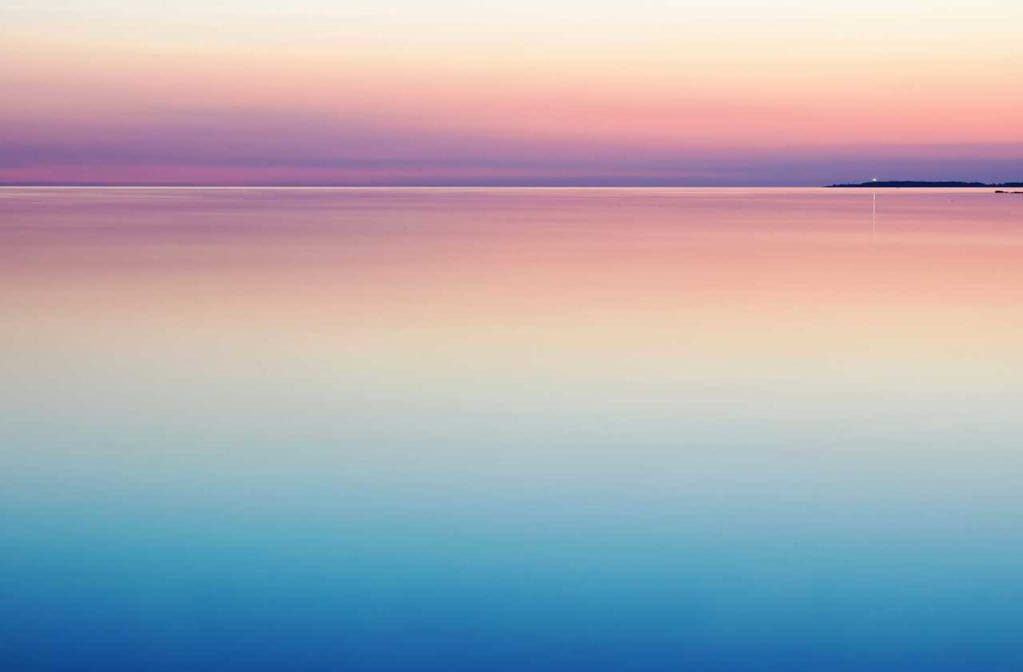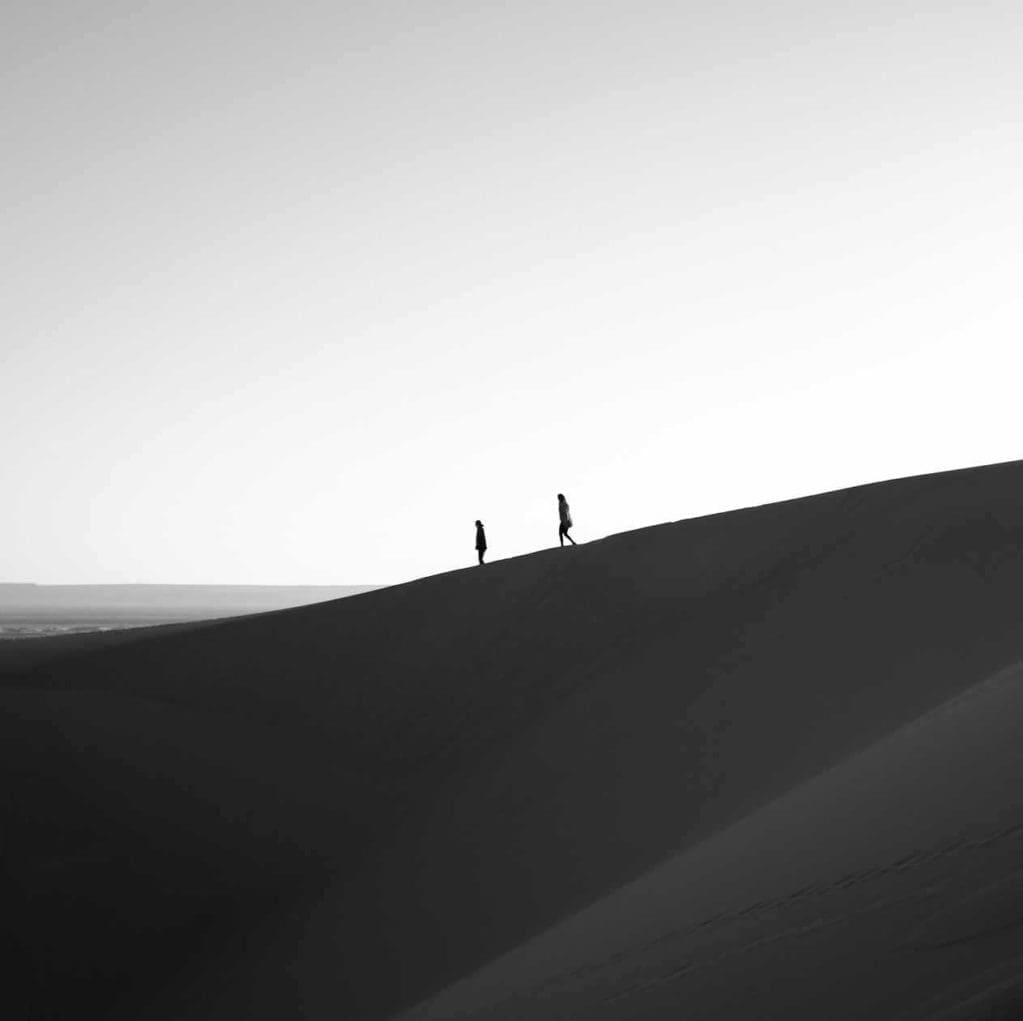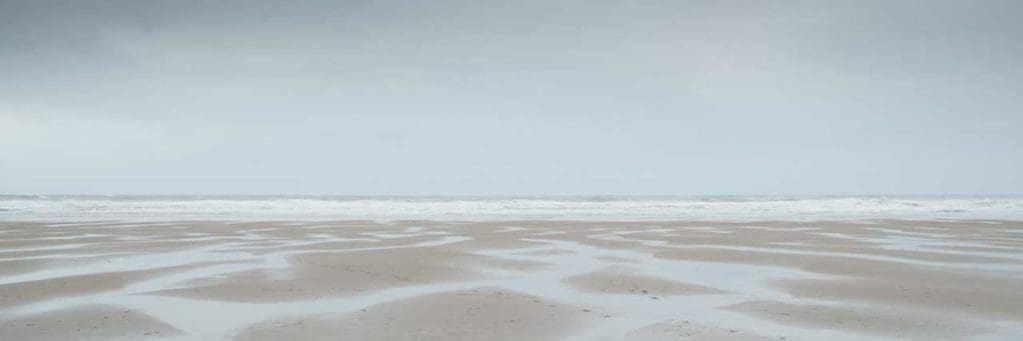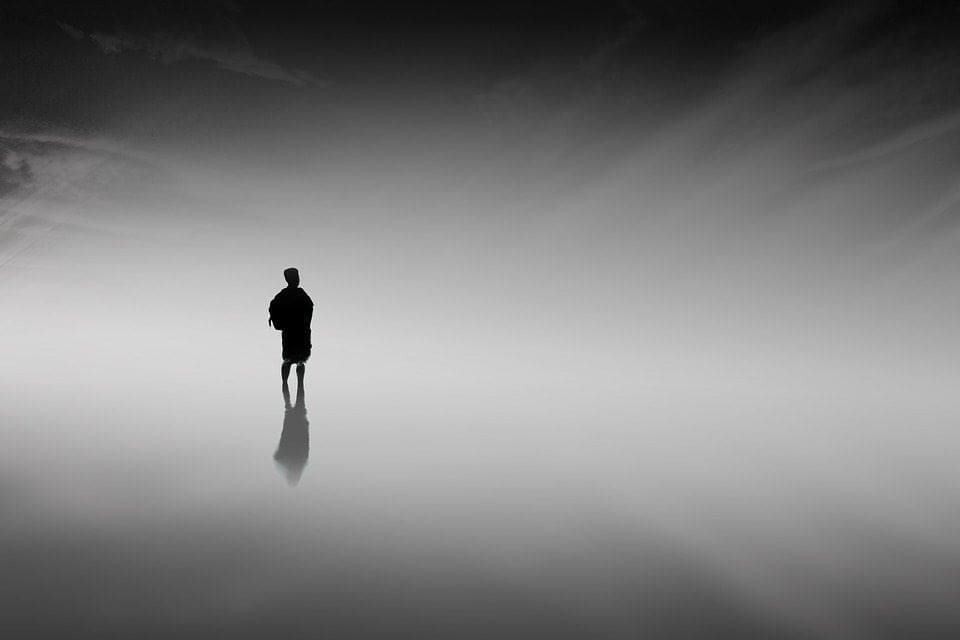Minimalist photography is a popular trend in the world of photography, and for good reason. It allows photographers to capture the beauty of a subject in its simplest form, using minimal colours, shapes, and elements. This style of photography can be applied to various subjects, from landscapes to portraits, and can create stunning and impactful images.
In this article, we will explore the art of minimalist photography, its techniques, and how you can master it to capture beautiful and striking images.
What is minimalist photography?
Minimalist photography is a style of photography that focuses on simplicity and minimalism. It involves using a limited colour palette, simple compositions, and negative space to create a powerful and impactful image. The goal of minimalist photography is to strip away distractions and focus on the essence of the subject.
The power of minimalist colours
One of the key elements of minimalist photography is the use of a limited colour palette. By limiting the number of colours in an image, the photographer can create a sense of harmony and balance. This allows the viewer to focus on the subject without being distracted by a multitude of colours.
When choosing colours for a minimalist photograph, it is important to consider the emotions and mood you want to convey. For example, a photograph with a limited palette of cool blues and greens can create a sense of calm and tranquility, while a photograph with warm tones of red and orange can evoke feelings of warmth and energy.

Simplifying compositions
Another important aspect of minimalist photography is the use of simple compositions. This involves removing any unnecessary elements from the frame and focusing on the subject. By simplifying the composition, the photographer can create a strong and impactful image that draws the viewer’s attention to the subject.
When composing a minimalist photograph, it is important to consider the rule of thirds. This rule suggests dividing the frame into thirds both horizontally and vertically, and placing the subject at one of the intersecting points. This creates a balanced and visually appealing composition.

Embracing negative space
Negative space refers to the empty or blank areas in a photograph. In minimalist photography, negative space is used to create a sense of simplicity and to draw attention to the subject. By leaving empty space around the subject, the photographer can create a sense of balance and harmony in the image.
When using negative space in minimalist photography, it is important to consider the placement of the subject. Placing the subject in the centre of the frame can create a sense of symmetry, while placing it off-centre can create a more dynamic and interesting composition.
Tips for mastering minimalist photography
Now that we have explored the key elements of minimalist photography, let’s look at some tips for mastering this style of photography.
Keep it simple
The key to successful minimalist photography is simplicity. When composing a photograph, ask yourself what elements are necessary to convey the message or emotion you want to capture. Remove any distractions or unnecessary elements from the frame to create a strong and impactful image.
Experiment with different perspectives
Don’t be afraid to experiment with different perspectives when capturing minimalist photographs. Try shooting from different angles or getting closer to your subject to create a unique and interesting composition. This can add depth and dimension to your images and make them stand out.
Use natural light
Natural light is the best friend of minimalist photographers. It can create beautiful and soft lighting that enhances the simplicity of the subject. When shooting outdoors, try to capture your images during the golden hour (the hour after sunrise or before sunset) for the most flattering and warm light.
Edit with a minimalist mindset
When editing your minimalist photographs, keep the same mindset you had when capturing the image. Stick to a limited colour palette and avoid adding too many filters or effects. The goal is to enhance the simplicity of the image, not to distract from it.
Common subjects for minimalist photography

Minimalist landscape photography
Landscape photography is a popular subject for minimalist photographers. By simplifying the composition and using a limited colour palette, photographers can capture the beauty of a landscape in its purest form. This type of photography is often used to showcase the vastness and serenity of nature.
Minimalist portraits
Minimalist photography can also be applied to portraits. By using a simple background and focusing on the subject’s face, photographers can create powerful and emotive images. This style of photography is often used to convey a sense of vulnerability and intimacy.
How to tet started with minimalist photography
If you’re interested in trying your hand at minimalist photography, here are some steps to get you started:
Step 1: Choose your subject
The first step in capturing a minimalist photograph is to choose your subject. This can be anything from a landscape to a person or an object. The key is to choose a subject that you find visually appealing and that you can simplify in your composition.
Step 2: Simplify your composition
Once you have chosen your subject, it’s time to simplify your composition. Remove any distractions or unnecessary elements from the frame and focus on the essence of the subject. Experiment with different angles and perspectives to find the most impactful composition.
Step 3: Use a limited colour palette
As mentioned earlier, a limited colour palette is a key element of minimalist photography. Choose a colour palette that conveys the mood and emotion you want to capture in your image. Stick to this palette when editing your photograph to maintain the simplicity of the image.
Step 4: Embrace negative space
Don’t be afraid to leave empty space around your subject. This negative space can add balance and harmony to your image and draw attention to the subject. Experiment with different placements of the subject to find the most visually appealing composition.
Conclusion
Minimalist photography is a powerful and impactful style of photography that can create stunning and emotive images. By using a limited colour palette, simple compositions, and negative space, photographers can capture the beauty of a subject in its purest form. With these tips and techniques, you can master the art of minimalist photography and create beautiful and striking images.





Leave a Reply
You must be logged in to post a comment.